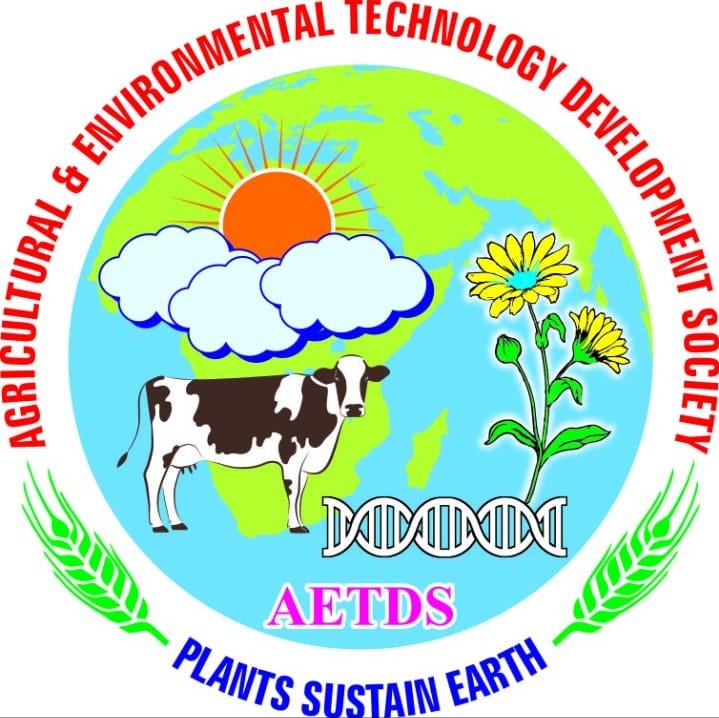
Secretary
Agricultural & Environmental Technology Development Society
Contact
Copyrights © 2024 All Rights Reserved. Powered by AEDTS

International Journal of Agricultural and Applied Sciences, June 2025, 6(1): 34-39
ISSN: 2582-8053
https://doi.org/10.52804/ijaas2025.616

Research Article
Exploring morphogenic responses in tissue culture of diverse large cardamom (Amomum subulatum) varieties: A comparative study
Dipesh Bist1, Kritika Kunwar1, Deepika Timsina1 , Bikash Kandel1*, Suraksha Neupane2, Asim Bastola1 and Manoj Pokhrel3
1Agriculture and Forestry University, Faculty of Agriculture, Rampur, Chitwan
2Jibika College of Agricultural Sciences, Ramdhuni, Sunsari, Nepal
3Boston College of Professional Studies, Jiwaji University Gwalior (M.P.), India
*Corresponding author e-mail: kandelbikash974@gmail.com
(Received: 16/02/2025; Revised: 15/04/2025; Accepted: 26/04/2025; Published: 20/06/2025)
ABSTRACT
Large cardamom (Amomum subulatum) is one of Nepal’s major cash crops. Tissue culture is an effective technique for enhancing its productivity and meeting market demand by facilitating disease-free plant production and rapid multiplication. This study aimed to investigate the morphogenetic responses of different large cardamom varieties under varying concentrations of Murashige and Skoog (MS) medium. The experiment was conducted at Machhapuchhre Plant Resource in Machhapuchhre-3, Ghachowk, using four varieties: Ramsey, Golsey, Varlangey, and Dambarsai. A Completely Randomised Design (CRD) with six replications was employed, resulting in four treatments. Data analysis was performed using Microsoft Excel, R-Studio, and Analysis of Variance (ANOVA) to assess the morphogenetic responses of the varieties. The results indicated that plant height, root length, and shoot length were not significantly affected, whereas plant weight, shoot number, root number, and leaf number exhibited significant differences. Among the varieties, Ramsey (Treatment 2) demonstrated the best morphogenetic response, while Dambarsai (Treatment 3) was the least responsive. The study highlights the potential of tissue culture in optimising large cardamom propagation by refining culture media, hormone concentrations, and environmental conditions. This method provides a reliable protocol for the mass production of disease-free, genetically uniform plants, offering a viable alternative to traditional propagation techniques, which are often slow and environmentally constrained. Furthermore, tissue culture plays a crucial role in conserving the genetic diversity of large cardamom, which is increasingly threatened by diseases, pests, and climate change. By ensuring a consistent supply of healthy plantlets, this approach can support sustainable cultivation and enhance commercial yields of large cardamom.
Keywords: Large Cardamom (Amomum subulatum), Micropropagation, Tissue culture, Morphogenic responses